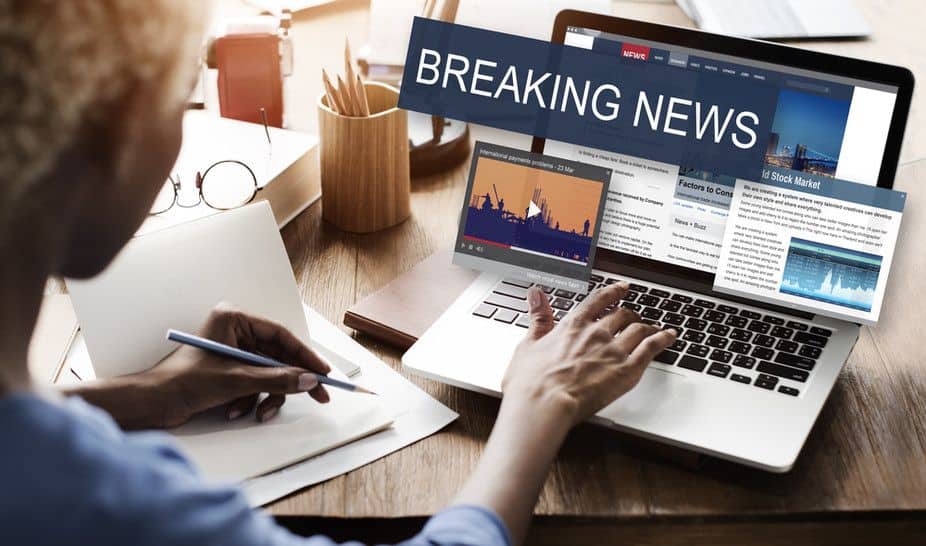TV News: 2nd lecture
Today we had our second lecture with Helen, we explored a variety of topics related to news and bellow is a summary of what I learned.


How Journalists find stories with "News Value":
News Beats are particular reliable sources normally accessed by big corperations e.g. industry people, police officers, press offices.
How Newsrooms find their stories:
Primary sources
-your own direct contacts
-original sources e.g. library's, archives
-Public Appeals
-Press |Releases/stats/official statements
Secondary Sources
Stringers (freelancers)
other platforms/media
Newsrooms frequently trawl "the wires" for up to date information and exclusive "tip offs".
Correspondents
These subject specialists work in newsrooms and are prized for their in depth knowledge and well honed contacts in certain areas.
Foreign News Sources
Journalists, editors and correspondents based permanently abroad for news networks, to get fast and exclusive access to stories. e.g. North American editors, Europe editors.
Networks like the BBC may have deals with overseas news organisations with whom they trade information, stories, pictures etc, e.g. CNN, NBC, BBC America.
Fake News
They look and sound like reputable news packages, but the stories are often just propaganda and should be read/approached with caution.
Social media is a huge source of Fake News check who is sending them and why. It blurs the lies between real news and targeted promotion.


Communication
Whichever your source of information and stories, you will need to be a consummate, COMMUNICATOR in order to access these. You can't just take information and repeat it, as a gate keeper you need to frame it and ensure it is balanced, relevant and appropriate.
Do your research before you make a call, know what your talking about, what you want, what questions you want to ask.
Sometimes you need to get creative in order to find what you need. Find ways to get around obstacles.
If people are unwilling to speak (sometimes with good reason) it is useful to explain that this is their chance to speak, express their opinions and tell their story in a way only they can.
What makes a story newsworthy?
Choosing a lead story is key, it has to be the one that is most newsworthy, that fists a bulletin.
Things that make a story newsworthy- it affects a lot of people; it is shocking; it is very relevant; it is very emotive; it targets a certain audience etc. Whats Important!
Typically you will see 15-20 news stories per 30 news programme.
Meaning we have to cut down on the hundreds of stories out there to get to the most relevant and newsworthy while still providing variety.
You need to balance the tone of the stories you offer to be as user friendly as possible. Journalists play a big part in this decision.
Key areas that determine this decision are:
- location
- timeliness
- impact
- prominence/importance
- conflict
- simplicity
- broadcasters values
Whenever you are delivering information ensure you atribute it to reliable sources.


What Makes a reliable source?
-non biased sources (people without a vexed interest)
-government sources
-public archives and sources
By the time you've set up your story you should be clear about:
- What your story is (and is not)
- Who is in your story (and who is not)
- Where is it (locations)
- When will it be shot (scheduled)
- How will you tell it (treatment/style/angle)
- And why you are making this story
Be adaptable, and be able to change your story depending on location access, contact availability etc.
Be: Honest and direct, open and fair, aware of the intrusion you are making, and respectful of peoples time.
Make sure to thank people and inform them of when/where their piece will be shown.
Types Of Story
- Readers (tell stories)
-Short stories, or breaking stories that currently lack pictures
- OOVS/VO (out of vision/voice overs)
- News Package
Should be planned out carefully before hand, should be scripted and include a piece to camera.
No comments:
Post a Comment